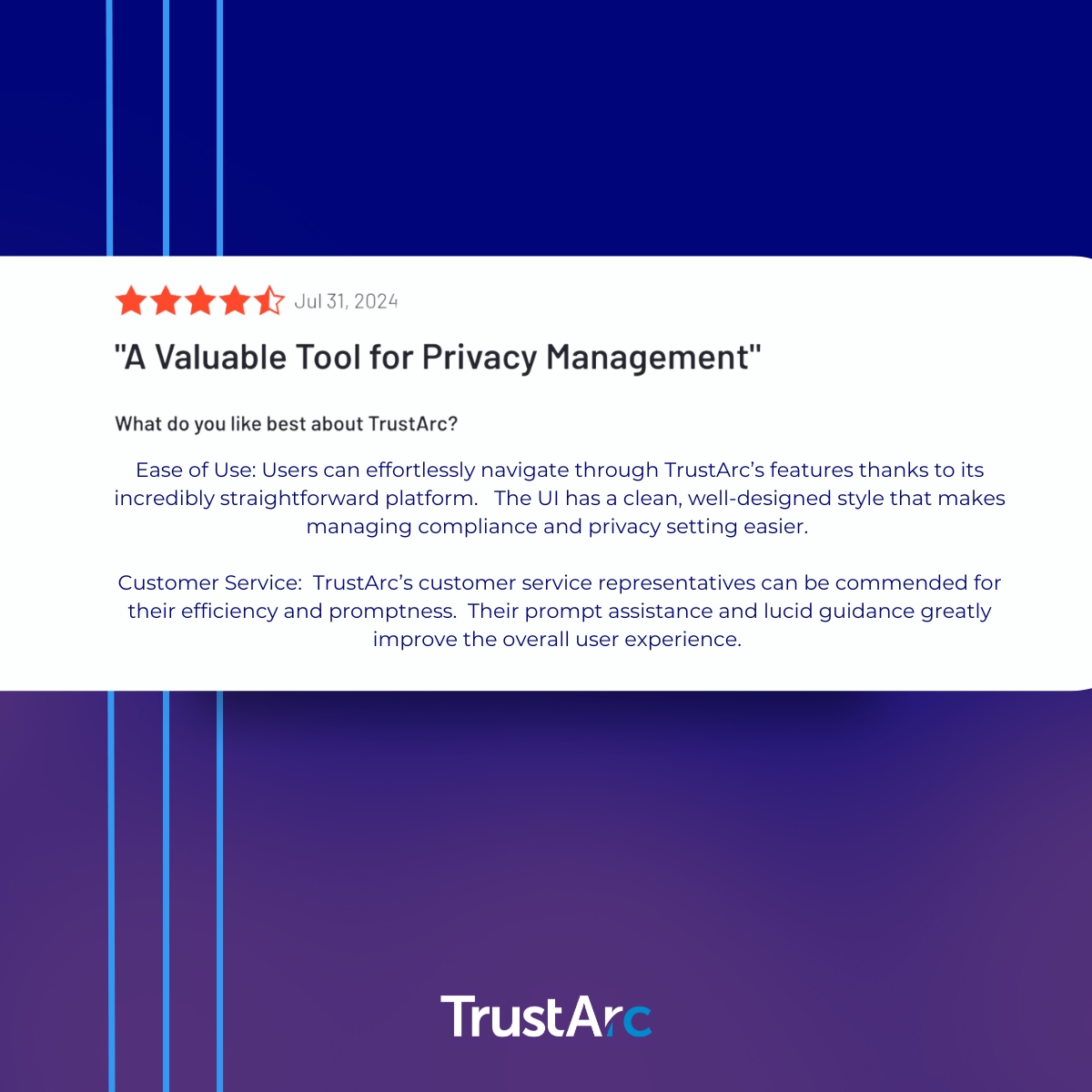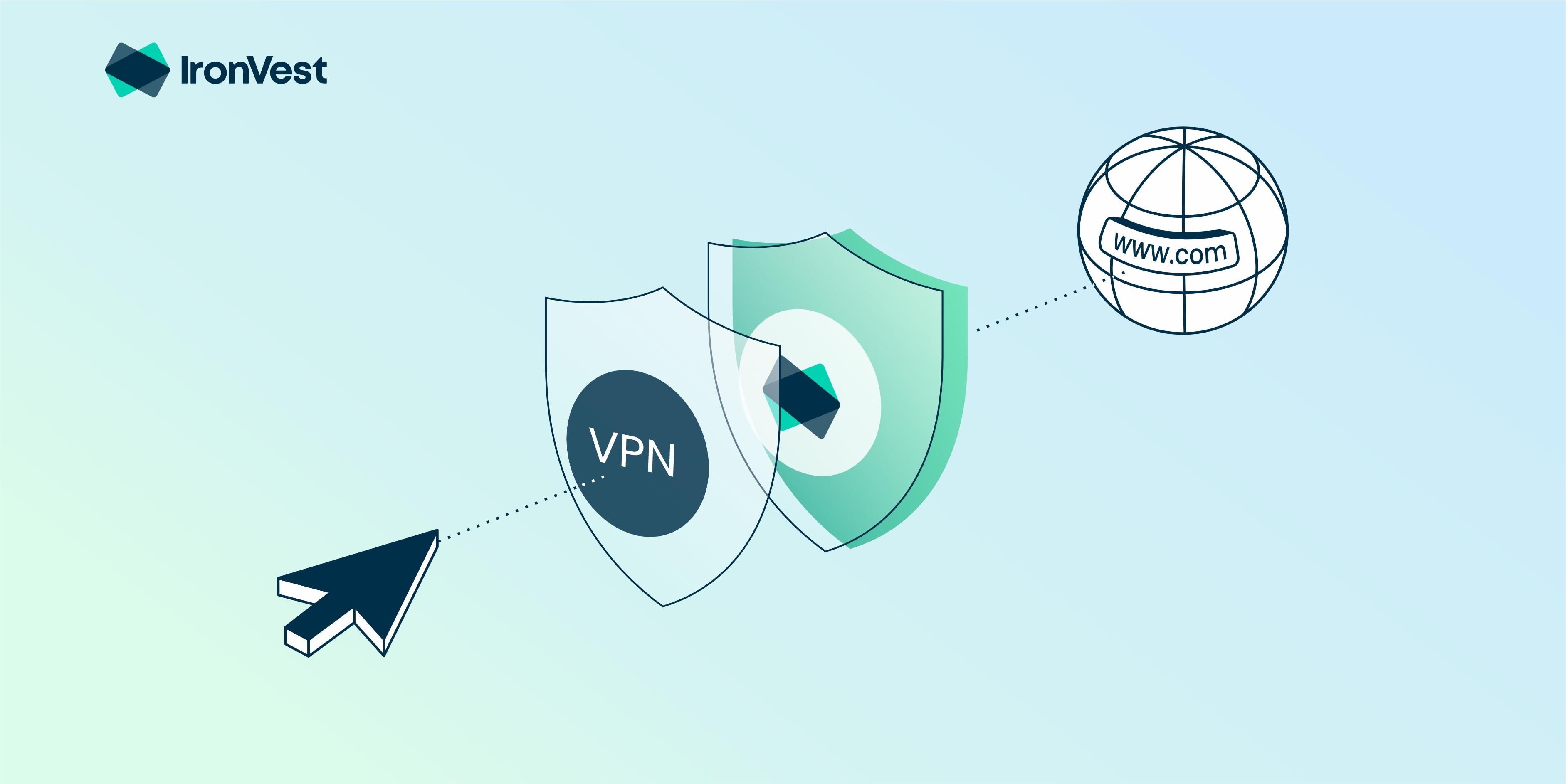
Protecting Your Privacy: Microsoft’s Commitment
In the digital age, privacy is a fundamental right that is often compromised in the wake of technological advancement. Microsoft has taken a robust stance on protecting user privacy, emphasizing not just the importance of such protections, but the practical provisions they have in place. As a user of various tech services, I’ve often found myself grappling with the nuanced balance between usability and privacy. Microsoft aims to address these concerns head-on, providing tools and settings that allow users to manage their data more effectively.
Understanding Cookies and Data Usage
At the core of Microsoft’s privacy strategy is the use of cookies. Cookies play an essential role in the way websites and services function. By storing information like unique IDs, they help personalize your online experience. Microsoft uses these cookies to ensure that the services they provide are not only beneficial but tailored specifically to user needs. By clicking “I agree,” users consent to personalized content and advertisements through MSN and Microsoft Bing, thereby agreeing to the usage of cookies that enhance their experience. However, the real crux lies in how transparent and user-friendly these settings truly are.
 Understanding the Role of Cookies in Digital Privacy
Understanding the Role of Cookies in Digital Privacy
For those cautious about their online footprint, there is an option to manage these settings directly—a feature that is invaluable in an era where safeguarding personal information is crucial. Users can navigate through the “Manage Settings” option to tailor their cookie preferences. This level of control is promising. It only requires a proactive approach on the user’s part to strike a balance that works for them.
The Scope of Partnering
Interestingly, Microsoft collaborates with a network of partners—829 to be precise—to further hone in on data processing relevant to users. This extensive collaboration serves a dual purpose: optimizing user engagement while also leveraging precise geolocation data to enhance service delivery. It’s a complex web that illustrates how far companies will go to ensure a tailored user experience. However, I still often question how much of that data is necessary and whether the benefits outweigh potential privacy infringements.
User Empowerment through Transparency
Transparency in data handling is critical, and Microsoft recognizes this. They provide users with insights into data collection practices, making room for informed consent. Familiarizing myself with terms like “personalization” and “audience insights” can often feel overwhelming. They can also raise skepticism about how much information tech companies really need from us to provide effective services.
“We and our partners process data to use precise geolocation data and actively scan device characteristics for identification.”
This is a crucial takeaway; as enticing as personalized services may be, I wonder if the cost is too steep in terms of privacy.
 Tailoring Privacy: The User’s Responsibility
Tailoring Privacy: The User’s Responsibility
Microsoft’s menu of options provides users the right to opt-out of data readings that may not align with their preferences. This level of control fuels a more trusting relationship between tech companies and their customers. As a user, having the ability to dictate how my information is used adds a layer of assurance to my daily interactions with digital platforms. However, this must be balanced with the challenge of having to navigate these complicated settings in the first place.
Conclusion: A Commitment that Matters
At the heart of Microsoft’s privacy strategy is a commitment to empowering users with control over their data. This comes in a climate where skepticism is rampant regarding data handling by tech giants. It’s a fine balance between enhancing user experience and preserving individual privacy rights. As I engage with Microsoft products, I appreciate the transparent dialogue they strive to maintain, but it never hurts to remain vigilant. As technology continues to evolve, so too must our understanding of how privacy is safeguarded or compromised. As individuals, we must take it upon ourselves to navigate these spaces wisely, ensuring our data stays protected as we embrace the digital world.
For more information regarding their privacy policies, check out Microsoft’s Privacy Policy. For additional insights into their data usage commitments, visit More Information Here.














